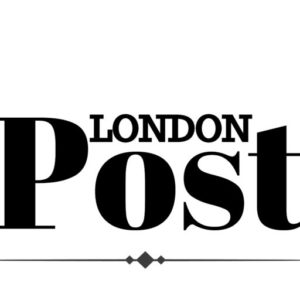Students from two different faculties at Kingston University have teamed up to design and improve products in the pharmaceutical industry and help them meet consumer needs.
As part of their final year module, pharmaceutical science students, based in the Faculty of Health, Science, Social Care and Education (HSSCE), were set the challenge of coming up with ideas and products that can improve the experience and outcomes of consumers using pharmaceutical services in the UK.
The students were tasked with coming up with innovative solutions to real-world challenges in the pharmaceutical world and then presented these to marketing and advertising students from the Faculty of Business and Social Sciences, who had to design a marketing campaign for the products.
Products designed by the students ranged from beauty products, including sustainable makeup, and smart inhaler systems for those who suffer from asthma.
image003.jpgThis cross-collaboration learning opportunity was overseen by academics from both faculties, the University’s Careers and Employability team and invited guest speaker, Jonathan Dancer, Healthcare Strategy Consultant representing the leading healthcare communications company PM Society.
Setting the scene for the assessment, Mr Dancer told both cohorts of students of the need for open communication and to plan their marketing strategies carefully as they began collaborating for the task.
The module is a part of Kingston University’s sector-leading Future Skills programme, which is providing students with the core skills businesses most need from employees in an ever-changing digital-first world. These nine graduate attributes being embedded across the curriculum include creative problem solving, digital competency, adaptability, being enterprising, having a questioning mindset, empathy, collaboration, resilience and self-awareness – all skills needed for this assessment.
These skills are being taught within modules, which students complete alongside their subject-specific learning, and provide them with a variety of industry-related opportunities.
Head of Department of Chemical and Pharmaceutical Sciences Dr Baljit Kaur Thatti said cross-collaboration across different courses can help students learn skills they otherwise might not pick up. “This learning opportunity enables our students to be exposed to students from other disciplines and they gain valuable skills in communicating complex science terminology. They start to think about empathising with consumers and gain an appreciation of the impact that their knowledge will have on improving society,” she said.
Final year pharmaceutical science student Kat Kaplia was thankful of the expertise Mr Dancer gave to her and her fellow classmates. “I appreciated his approach to creative decision-making and working on a marketing campaign. No matter how inventive you are, you always need to have a plan and strategy you can firmly rely on. We touched on team-building and dealing with different kinds of clients which has helped me understand the mechanisms of creative problem-solving in a professional environment.”
Kat’s classmate Sana Elbouazzouni found the cross-collaboration working vital to her development. “The session was engaging, with insightful questions that really challenged us to think critically about our product’s positioning and marketability. I’m so grateful for this experience as it has deepened my understanding of the complexities of pharmaceutical marketing and highlighted the importance of strategic communication in the industry.”
The pharmaceutical science students are offered the opportunity to submit their idea to the University’s award-winning Bright Ideas competition, which gives students the chance to pitch business ideas in a Dragons-Den style format. This year was the twentieth year of the competition and the first prize in the HSSCE category of £1,000 was awarded to Aromarest – a group of pharmaceutical science students who developed a technology-enabled sleep mask.








